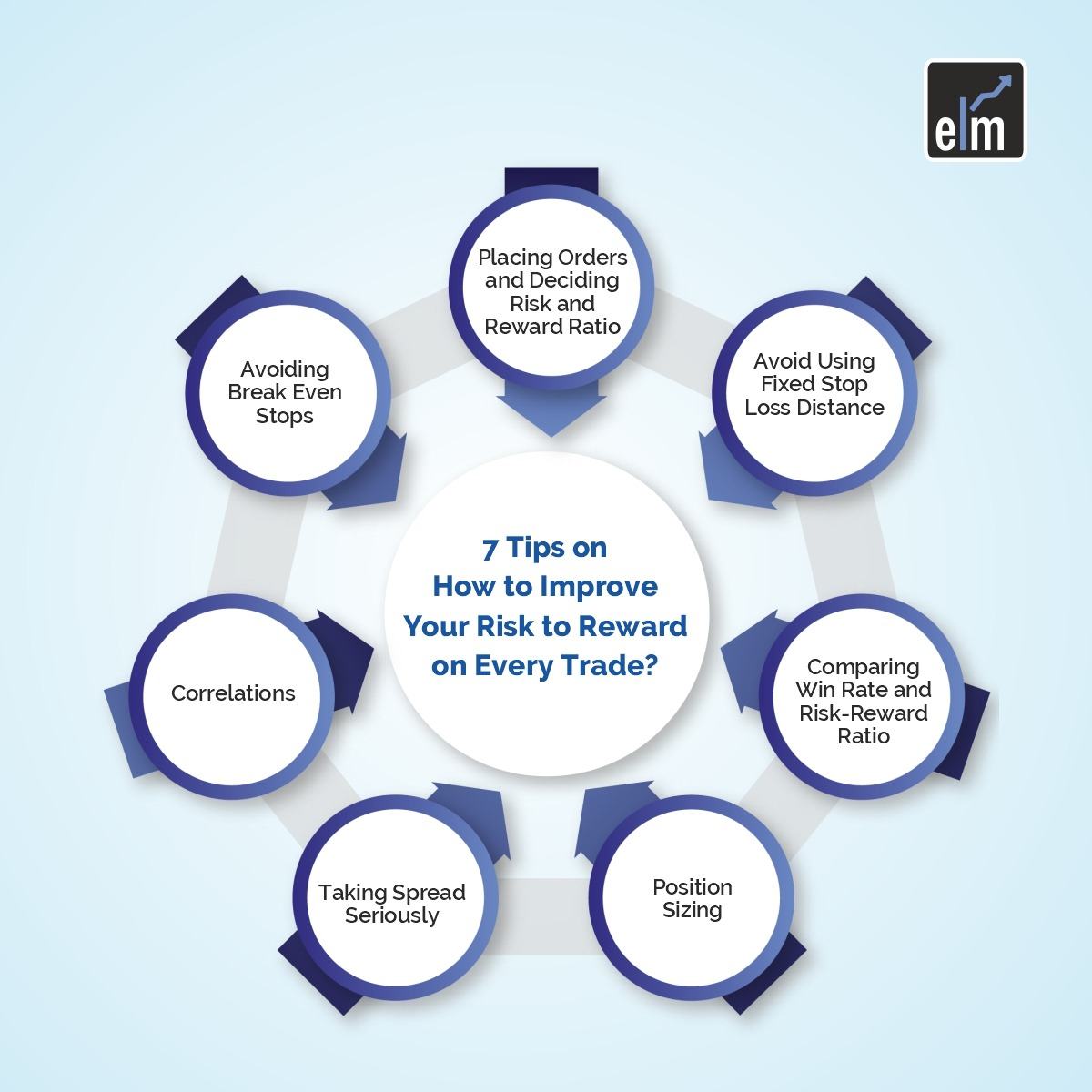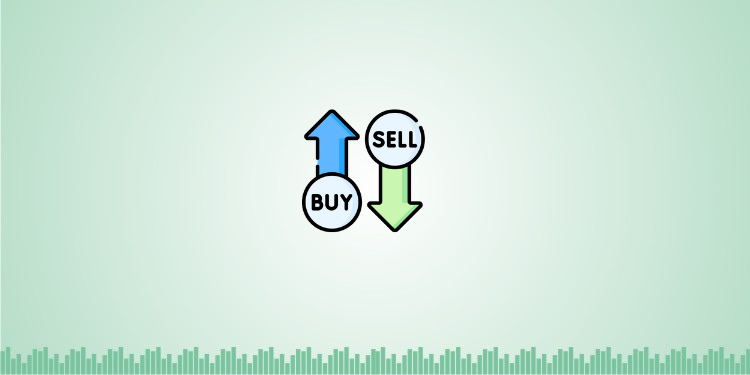Most traders typically place risk management very low on their list of priorities. Usually far behind the pursuit of a better indicator, more precise entry signals, or concern over stop hunting and unethical algo-trading techniques.
However, profitable trading is not possible without adequate knowledge of risk management. To become a successful and professional trader, a trader must learn how to control his risk, size his positions, develop a positive outlook for his performance, and set his orders correctly.
Although trading can be financially rewarding, there is some risk involved. The ability to control risk and improve reward prospects is essential for traders. Increasing your risk to reward ratio on each trade is one way to achieve this. Here are some pointers to help you with that.
In today’s blog, let us discuss some tips to improve your risk to reward ratio on every trade:
Table of Contents
1. Placing Orders and Deciding Risk to Reward Ratio
Consider your stop loss and take profit orders first when you see an entry signal. Measure the risk and reward ratio after deciding on fair price points for your orders. Skip the trade if it doesn’t meet your requirements. To increase the reward and risk ratio, don’t try to widen your take profit order or tighten your stop loss.
A trade’s potential and uncertain reward is always there. The only aspect of your trade that you can control is the risk.
Most novice traders go about it the other way around: they generate a haphazard reward and risk ratio and then tinker with their stop and profit orders to get it to where they want it.

2. Avoid Using Fixed Stop Loss Distance
Numerous trading techniques advise using a set number of points or pip values for your stop loss and taking profit orders across various instruments and even markets. These “shortcuts” and abstractions completely ignore how the price fluctuates in a free market and how financial markets operate.
The amount that price moves in a given day and how much it fluctuates are both constantly changing due to volatility and momentum.
To prevent premature stop runs and to maximize profits during more volatile periods, you should set your stop loss and take profit orders wider. Additionally, you must set your orders closer to your entry point and temper your optimism during periods of low volatility.
Second, trading at fixed distances prevents you from selecting fair price levels and eliminates all of your necessary trading flexibility. Be mindful of significant price levels and barriers at all times, such as rounded numbers, large moving averages, Fibonacci levels, or simple support and resistance levels.
3. Comparing Win Rate and Risk-Reward Ratio
The figure win rate, according to many traders, is useless. But those traders overlook a crucial point. The holy grail of trading can be seen as the combination of win rate and risk and reward ratio, as observing the win rate alone will not give you any insightful information.
It’s crucial to realize that you don’t need to ride your trades for a very long time or have an absurdly high win rate.
For instance, to trade profitably, a system with a 40% win rate (which is what many professional traders average) only needs a reward and risk ratio of higher than 1.6.
4. Position Sizing
Traders typically choose a random position sizing value, such as 1%, 2%, or 3%, and then apply it to all of their trades without ever giving it another thought.
Trading is a game of chance, just like expert betting or poker. It’s customary in those activities to adjust your wager based on the likelihood of the outcome. In poker, you would bet more if you had a strong hand than if you thought you had little chance of winning.
Trading follows the same rules. You will notice that if you trade multiple setups or strategies, the reward and risk ratios on various strategies vary, and that each setup and strategy has a different win rate. Therefore, you should increase your position size during setups with a higher win rate and decrease it during setups with a lower win rate.
5. Taking Spread Seriously
The typical day trader typically holds his trades for a duration of 5 to 200 pip. You will pay a fee of 10% on trades with a profit of 20 pip if the spread on your instrument is 2 pip.
Furthermore, even if you hold your trade for 50 pip increments, the spread is still close to 5%. These expenses could have a significant negative impact on your trading strategy and could even make it lose money. Start closely monitoring spread as a result.
Watch our webinar on Principles of Risk & Money Management in Professional Trading
6. Correlations
If you trade foreign exchange, you probably frequently notice a strong correlation between particular currency pairs. If you trade stocks, you probably already know that businesses in similar industries and sectors, as well as those based in the same nation, frequently move in tandem over extended periods of time.
This means that trading instruments that have a positive correlation increase risk when it comes to money- and risk management.
7. Avoiding Break Even Stops
Moving the stop loss to the point of entry and so creating a “no risk” trade is very dangerous and often unprofitable. Whereas it’s good and advisable to protect your position, the break-even strategy often leads to a variety of problems.
Especially if you are trading based on common technical analysis (support/resistance, chart patterns, highs, and lows, or moving averages), your point of entry is usually very obvious and many traders will have a very similar entry.
You can also do our course on Masterclass on Short-term Momentum Trading
Of course, the pros know that, and you can often see that price retraces back and squeezes the amateurs at the very obvious price levels, just before the price then turns back into the original direction. A break-even stop will get out of potentially profitable trades if you move your stop too soon.
Bottomline
In conclusion, improving your risk to reward ratio is essential for successful trading. By setting clear trading goals, using technical analysis, practicing proper risk management, avoiding emotional trading, keeping an eye on market news and events, using stop losses, and using a reward-to-risk ratio of at least 2:1, you can increase your chances of success and achieve your trading objectives.
We hope you found this blog informative and use the information to its maximum potential in the practical world. Also, show some love by sharing this blog with your family and friends and helping us spread financial literacy.
Happy Investing!
To get the latest updates about Financial Markets, visit StockEdge






